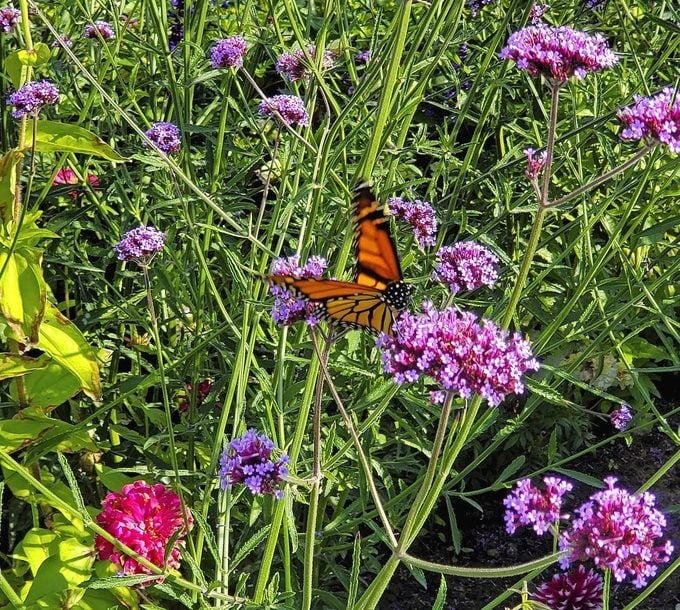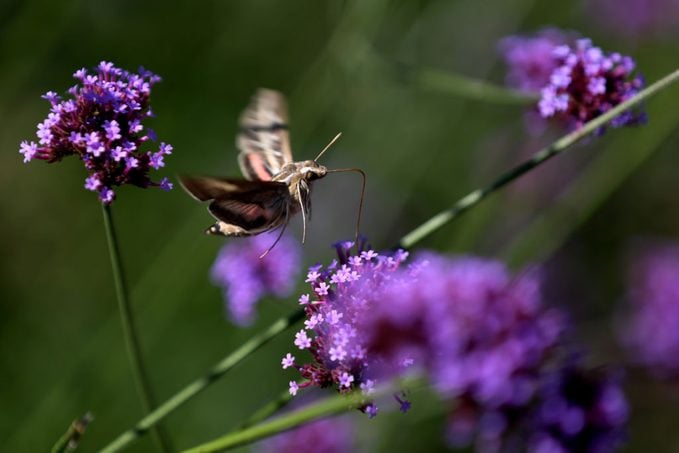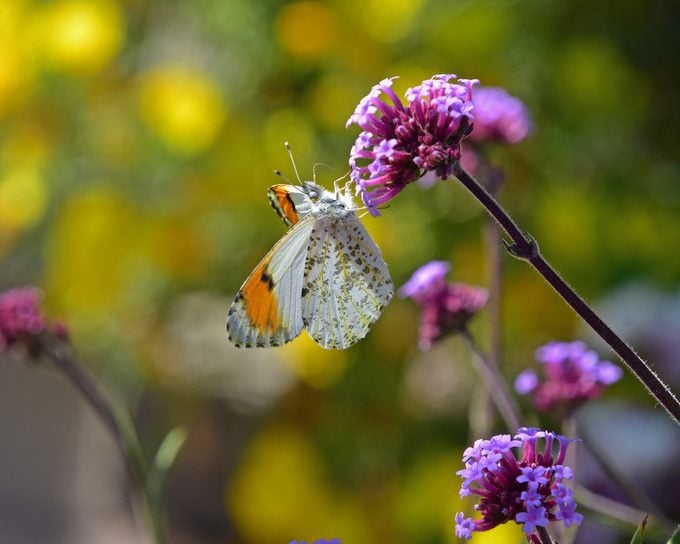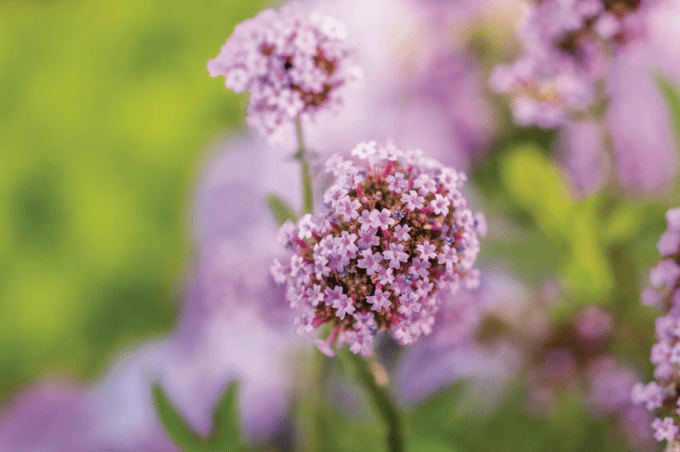Grow Verbena Bonariensis for Butterflies and Hummingbirds
Updated: Jan. 19, 2024
Get tips for growing pollinator-friendly verbena bonariensis, known as tall verbena. Plus, learn where you shouldn't plant this perennial.
On This Page
What Does Verbena Bonariensis Look Like?

“Monarchs flocked to this plant (above) in Mackinac Island, Michigan. What is it?” asks Birds & Blooms reader Charles Miller of Katy, Texas. Horticultural expert Melinda Myers says, “This butterfly magnet is tall verbena (Verbena bonariensis). Its seeds also attract goldfinches later in the season.”
In addition to butterflies and songbirds, keep an eye out for hummingbirds to stop by this plant (which is sometimes called purpletop verbena) that can grow to be 4 feet tall. Plant it in an area with full to part sun for the best season-long displays of purple flowers to draw in pollinators.
- Scientific name: Verbena bonariensis
- Common name: Tall verbena or purpletop verbena
- Light needs: Full sun to part sun
- Zones: 7 to 11 or annual
- Size: 4 feet tall
- Attracts: Birds, butterflies and bees
Verbena Bonariensis Wildlife Benefits

Wisconsin-based master gardener Jennifer Lazewski also emphasizes the benefits of Verbena bonariensis, especially for bees and butterflies. “It does self-seed relatively prolifically at times, but those self-seeding plants hit at the perfect time for monarch migration,” she says. “There are times where I would have four or five clustered in one garden bed on them.”
Jennifer also mentions that it’s a favorite of skipper butterflies and several types of bees, and that she’s been able to take some fun photos of bees on the tall verbena growing in her own garden.
As Melinda noted, Jennifer has also seen goldfinches on the plants. “Occasionally when it’s flowering, they’ll land on it and try to pluck petals from it,” she says.
Discover more long-blooming flowers for attracting butterflies and hummingbirds.
Care and Growing Tips

Tall verbena is a perennial in Zones 7 to 11 and a self-seeding annual in colder areas. Melinda says, “This means you can plant it once and it’ll spread seeds for new plants the following year. Some gardeners find this annoying, while others enjoy the free flowers.”
On the subject of self-seeding, Jennifer notes that standard Verbena bonariensis is quite easy to pull out of garden beds if necessary. In addition, she reminds gardeners that the degree of self-seeding often depends on the amount of the soil covered by other plants and leaves. “If you’re not seeing contact with the soil, you’re not going to have as many re-seeders,” she explains. “If you want re-seeders, you can make sure the soil is bare or shake out the plants.”
Grow tall verbena in containers as a vertical accent, plant it en masse in the garden or allow it to grow through ornamental grasses and other perennials. In addition to full sun, give it a spot in moist, well-draining soil, though it occasionally tolerates dry conditions.
Is Verbena Bonariensis Invasive?
One note of caution from Melinda if you live in the Southeast or parts of the western U.S. and the Northeast. It’s important to know that tall verbena can be considered invasive in these areas. Consult a local native plant expert for alternatives for your area.
Jennifer specifically recommends purple coneflower. “I had a patch of it outside my kitchen window where it got the morning sun,” she says. “I used to regularly have butterflies on it because they’d be basking in the sun and building up their temperature.”
Look for Non-Invasive Varieties

If self-seeding is a concern for you, Melinda says newer compact varieties such as Meteor Shower produce far fewer seeds.
Proven Winners media coordinator Jeanine Standard mentions that Meteor Shower verbena offers all the benefits of tall verbena, without some of the drawbacks. Its smaller size makes it easier to plant in containers and less susceptible to being blown over by strong winds. But it boasts the same pollinator benefits.
Its low-maintenance nature and vibrant flowers make it a perfect pick for a gardener with less space, or one concerned about excessive and invasive self-seeding. “Instead of putting its energy toward producing seed, it puts its energy toward producing better flowers,” Jeanine explains.
Why Trust Us
For nearly 30 years, Birds & Blooms, a Trusted Media Brand, has been inspiring readers to have a lifelong love of birding, gardening and nature. We are the #1 bird and garden magazine in North America and a trusted online resource for over 15 million outdoor enthusiasts annually. Our library of thousands of informative articles and how-tos has been written by trusted journalists and fact-checked by bird and garden experts for accuracy. In addition to our staff of experienced gardeners and bird-watchers, we hire individuals who have years of education and hands-on experience with birding, bird feeding, gardening, butterflies, bugs and more. Learn more about Birds & Blooms, our field editor program, and our submission guidelines.
Sources
- Proven Winners
- University of Wisconsin-Extension Master Gardeners
- Melinda Myers, official gardening expert for Birds & Blooms
